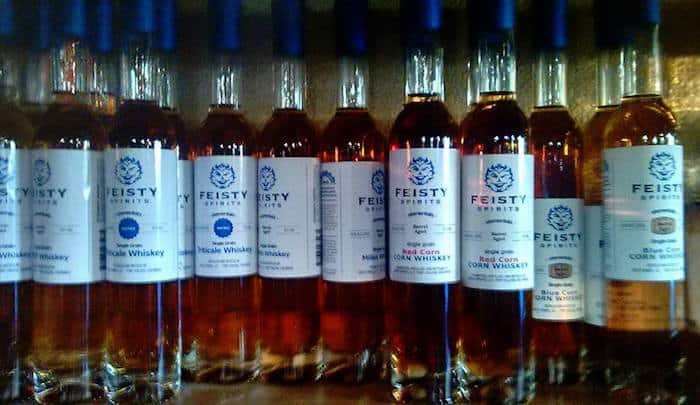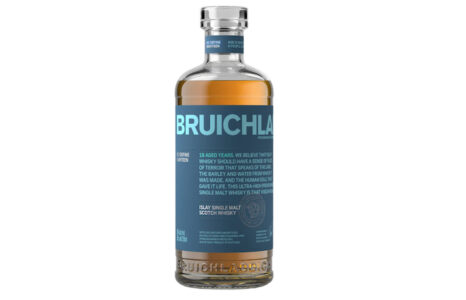Whiskey can be made from any kind of grain. Bourbon is required to consist of a minimum 51% corn, and generally the remainder of the mash bill will be wheat, rye and/or barley. Happily, the craft spirits movement in the U.S. is booming, and as a result, there is a lot of experimentation going on throughout American whiskey culture.
Enter exotic experimental grains to the mix. Quinoa, touted lately as power grain for its health benefits, also makes a fine whiskey. Triticale, a wheat-rye hybrid developed in Scotland and Sweden in the late 1800s, is also being distilled with excellent results. Oats are also being distilled, along with the less common red and blue corn varieties.

How do these different grains affect the flavor of the whiskies made from them? Let’s start with quinoa. Feisty Spirits in Colorado makes a 100% quinoa whiskey that delivers a grainy nose, with hints of chili peppers. The flavor is actually somewhat gin-like, with some chili pepper and rich grain aspects on the finish. This whiskey is aged ever so briefly in oak barrels – actually a barrel rinse to be specific.
Triticale whiskey gives aromas of golden raisins on the nose and, when aged in neutral barrels, conveys flavors of caramel, honey, and raisins with a smooth, sweet finish. It is more like an Irish whiskey, and both Feisty Spirits and Dry Fly in Washington make triticale whiskies.
If you like oatmeal, you need to try an oat whiskey. These spirits exude a nutty oatmeal quality and a rich, delightful creaminessl. Koval out of Chicago and High West in Utah both make nice examples of oat whiskies.
For different corn whiskey variants besides your typical yellow, turn to Colorado and Texas. Balcones in Waco, Texas, makes a Baby Blue corn whiskey, and Feisty Spirits in Colorado makes an assortment of red, white, and blue corn whiskies. Blue corn gives flavors of sweet hazelnuts and is softer than the red and white varieties. Red corn gives flavors of caramel corn and is drier on the finish than its counterparts.
With craft spirits hitting their stride, now is the time to try some of these unique offerings made from grains you would never have expected to be made into whiskey. Not all of the brands mentioned above are available nationally, but they are all worth seeking out should you have the chance. Slainte!



